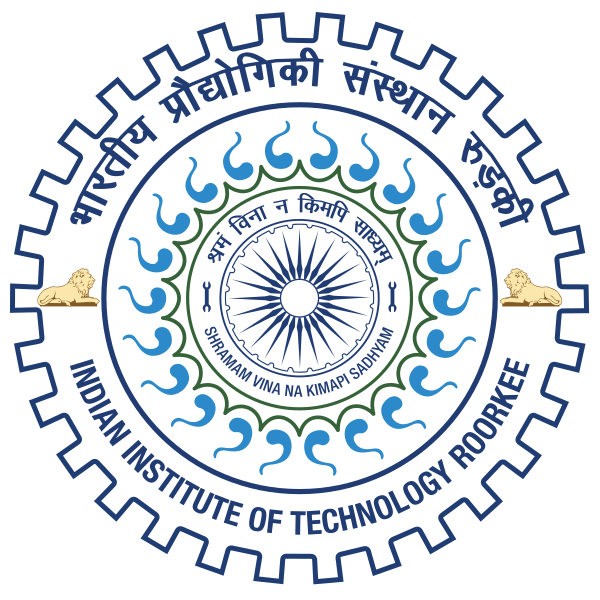Please use this identifier to cite or link to this item:
http://localhost:8081/jspui/handle/123456789/12271Full metadata record
| DC Field | Value | Language |
|---|---|---|
| dc.contributor.author | Swarnkar, Swati | - |
| dc.date.accessioned | 2014-11-30T07:22:39Z | - |
| dc.date.available | 2014-11-30T07:22:39Z | - |
| dc.date.issued | 2011 | - |
| dc.identifier | M.Tech | en_US |
| dc.identifier.uri | http://hdl.handle.net/123456789/12271 | - |
| dc.guide | Mitra, R. | - |
| dc.description.abstract | The ball and beam system represents a standard nonlinear plant for both classical and modem control techniques. This system is widely used because it is simple to understand as a system and provides the opportunity to analyze the control techniques. The main aim of this research is to develop an intelligent controller to control the ball position and is able to perform satisfactory in presence of parameter variation and external disturbance. In order to achieve this objective, the thesis investigates the performance of a robust nonlinear control method called Sliding Mode Control (SMC) and various Artificial Intelligence (Al) techniques. In the formulation of any control problem, there will typically be discrepancies between the actual plant and the mathematical model developed for controller design. This mismatch may be due to unmodelled dynamics, variation in system parameters or the approximation of complex plant behaviour by a straightforward model. The designer must ensure that the resulting controller has the ability to produce required performance levels in practice despite such plant/model mismatches. This has led to an intense interest in the development of robust control methods which seek to solve this problem. One particular approach to robust-control controller design is the so-called sliding mode control methodology. Since, the actual model contains the ball on beam dynamics as well as dynamics of DC motor, making the controller design task difficult. So, initially a simplified model has been used (without considering DC motor). An SMC has been designed for this model. Next, an SMC has been designed for more realistic model. Although SMC is able to stabilize the system but it requires the model of system to be known. As modeling these complex nonlinear systems is often troublesome, hence, various soft computing techniques has been investigated, which allow controller design on model free basis. A Fuzzy Logic Controller has been designed for simplified ball beam system. Then, learning and generalizing capabilities of Neural Network has been explored. Finally, a hybrid approach called Adaptive Neuro Fuzzy Inference System (ANFIS) controller has been proposed. These techniques have been applied to ball beam system and are evaluated by simulation as well as real time control with the help of laboratory set up. In the end, the simulation and experimental results obtained from various controllers have been compared. | en_US |
| dc.language.iso | en | en_US |
| dc.subject | ELECTRONICS AND COMPUTER ENGINEERING | en_US |
| dc.subject | CONTROLLER DESIGN | en_US |
| dc.subject | BEAM SYSTEM | en_US |
| dc.subject | CONTROL TECHNIQUES | en_US |
| dc.title | CONTROLLER DESIGN FOR BALL BEAM SYSTEM USING VARIOUS CONTROL TECHNIQUES | en_US |
| dc.type | M.Tech Dessertation | en_US |
| dc.accession.number | G20683 | en_US |
| Appears in Collections: | MASTERS' THESES (E & C) | |
Files in This Item:
| File | Description | Size | Format | |
|---|---|---|---|---|
| ECDG20683.pdf | 4.91 MB | Adobe PDF | View/Open |
Items in DSpace are protected by copyright, with all rights reserved, unless otherwise indicated.

